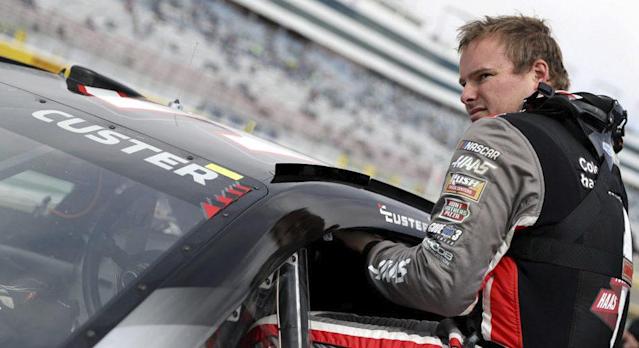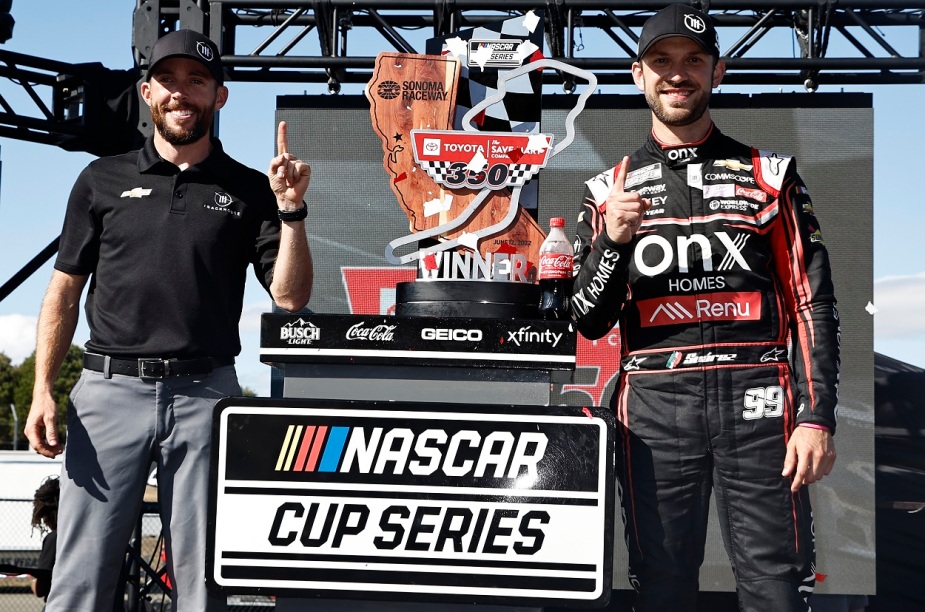
Road racing began on public roads. Since then, there have been many variations of road racing: touring car races (or sports car races), truck racing, motorcycle racing and truck racing. Some races take place on closed circuits and others on public roads.
The Federation Internationale de l'Automobile (FIA) developed plans for road racing world championships in the late 1930s. The first Grand Prix was held in 1950. It was also the first event to be held on a street circuit, and it was the first time that Formula One races were held on a street circuit.
Most road races in the United States were held on closed public roads. Public security concerns eventually led to most races being held on purpose-built racing circuits. Eventually, these closed public roads were renamed as Traditional Road Racing. However, street circuits have recently made a comeback in Formula One and MotoGP.

MotoGP and Formula One have led to dedicated tracks being built in Qatar, Malaysia, Shanghai and China. The Federation Internationale de l'Automobile organises the Formula One World Championship. It is the premier automobile road-racing championship in the world.
Motorcycle road racing is conducted on tarmac tracks or suitable public roads. Most races are broken down into small groups of one or two racers. Other times, racers race wheel-to-wheel in a temporary street circuit. It can take as little as 30 seconds or as long as 12 hours depending on how long the track is. You can do it individually, in a group, or with drafting.
Road racing is divided into different levels, with the most competitive being MotoGP. The SCCA offers a number of series for road racing. This includes Vintage Racing, Club Race Experience, Regional Road Racing, and Drivers School.
A time trial is a race against clock. A lap time trial is a race against the clock in which the winner receives points based on the speed at which he or she finishes it. This race can be done individually or in a group and is typically shorter than regular races. There are many variants of this race, including team time trials events, single-day races and stage races.

Sling racing involves half of the racers going around the track, and the other half running in sprints. This format was popular in the early 1900s. In addition to the traditional sling racing format, the race has also been used in the "miss and out" format, in which the last place rider is removed from each lap.
Stage races are a series or races that take place over several days. Riders can shine on some stages, which include a time trial. You can also win time credits by using the time-credit system. The winner of each stage gets a credit for their win.
Road races can either be held on closed roads, closed street circuits or open roads. There are also rallies on roads. Road rallies do not require speed. They are all about precision.
FAQ
Can I watch a race car driver race?
Yes. There are many options to view a racecar driver.
Tickets can be purchased to go to one of the races. You can also watch it online.
You can even follow the race via radio or TV.
What types of cars are used in racing car?
Speed is the most important thing to any race car driver. Speed is what drives them fast. They need to be fast enough for other drivers to catch them, but strong enough so they can keep the lead. This gives them an advantage as they can catch up to other racers at high speeds and then pull away again from them when they're not looking.
The fastest cars are often very light. This allows them accelerate quickly and gain speed. They also have less power, so they travel a lot faster. Therefore, they must use energy efficiently.
Engines power most modern-day racing cars. These engines look similar to regular passenger vehicles. But instead of using petrol, these engines run on compressed air. This is because petrol can't provide enough power for a car to go fast.
How many different types of car racing are there?
There are two main categories of car racing: open-wheel and closed-wheel. IndyCar races, NASCAR, Champ Car and Formula One are open wheel. Closed wheel races include Formula 3000, DTM, GP2, etc.
How do race car drivers prepare to race?
Most race car drivers spend their time warming up prior to a race.
This involves running their engines over a period of time.
They can start the race when they're ready.
Statistics
- This change may give an improvement of up to 29% fuel efficiency. (en.wikipedia.org)
- According to Toyota, the 390-hp-plus 2019 Yaris WRC runs out of gearing after 124 mph, 19 mph less than the crazy Yaris GR that's currently sitting on dealer lots outside of the U.S. BONUS: (motortrend.com)
- According to thepostgame.com, “The Daytona 500 is one of four ‘restrictor plate' races on NASCAR's calendar, given both safety and competitive concerns for the long track and its famous 31-degree banking in its four corners.” (defensivedriving.com)
- Acceleration is a little gentler (relatively speaking) too, with 0-100km/h taking an estimated 3.1 seconds and 0-200km/h covered in 7.8 seconds. (autosport.com)
- In 2013 Ferrari had an estimated team budget of $470 million, while elite IndyCar teams have an estimated annual budget of $15 million, according to FormulaMoney. (businessinsider.com)
External Links
How To
5 Fastest Street Racing Stock Cars For 2022
-
Ford Mustang GT350R - $50k+
The Ford Mustang GT350R is a street-legal version of the Shelby GT350 supercar. It features a 6.2L V8 engine producing over 600 horsepower and 590 lb-ft of torque. Brembo brakes come standard, along with Michelin Pilot Sport Cup 2 tire and 20-inch Pirelli Scorpion Z tires. The interior features leather seats and carbon fiber trim.
-
Chevrolet Corvette C8Z06, $60k-$80k
The Chevrolet Corvette C8Z07 mid-engine sports car was built by General Motors. It was unveiled at the 2017 Detroit Auto Show. The engine of the car is a naturally-aspirated 8.0L LT4 v8 that produces 650 hp. The car is approximately 2,800 pounds in weight.
-
Dodge Challenger SRT Hellcat Widebody - $70k-$100k
The Dodge Challenger SRT Hellcat Widebody is a muscle car built by Chrysler Group LLC. It's based on the third generation Charger platform, which was introduced in 2016. The wide body variant is produced since 2018. The supercharged 6.2L HPI V8 engine produces 707 horsepower, making the car the fastest vehicle to be produced in the world.
-
BMW M760Li xDrive $140k – $180k
The BMW 760Li - A high-performance luxury sedan, produced by German manufacturer BMW AG. The second generation of the 760Li was introduced in 2012, the model year 2012. The car is powered by a twin-turbocharged 4.4L V8 petrol engine that generates 750 hp and 800 Nm of peak torque. The car can reach 0-62 mph (0-100 km/h) time of just 3.9 seconds and a top speed of 196 mph (315 km/h).
-
Porsche 911 Turbo S from $160k to $200k
The Porsche 911 Turbo S version is a high performance 911 roadster. It features a 3.8L flat-6 turbodiesel turbodiesel-powered engine producing 550 hp. This is coupled with a PDK dualclutch gearbox. The car can accelerate to 0-62 mph (100 km/h), and reaches a maximum speed of 197 miles (317 km/h).